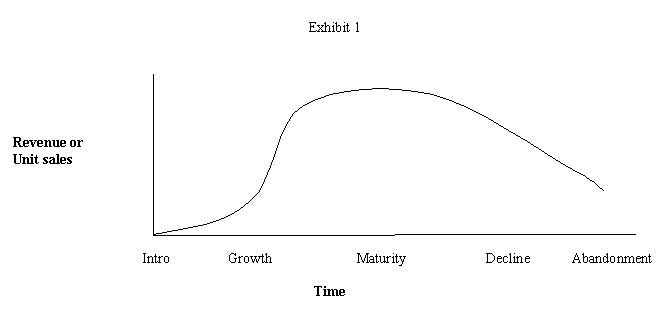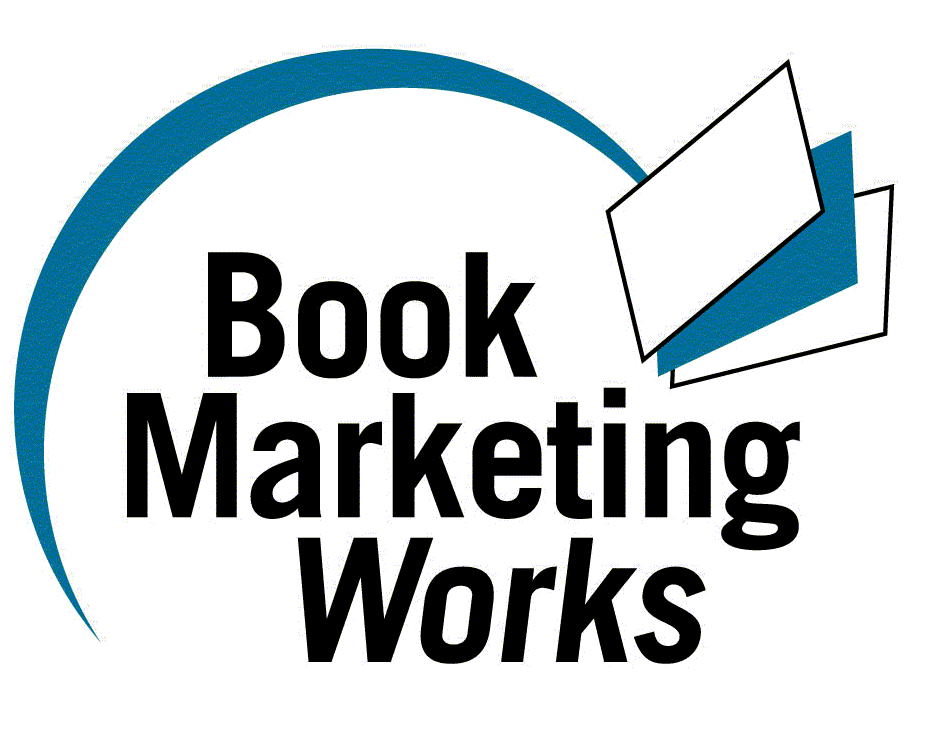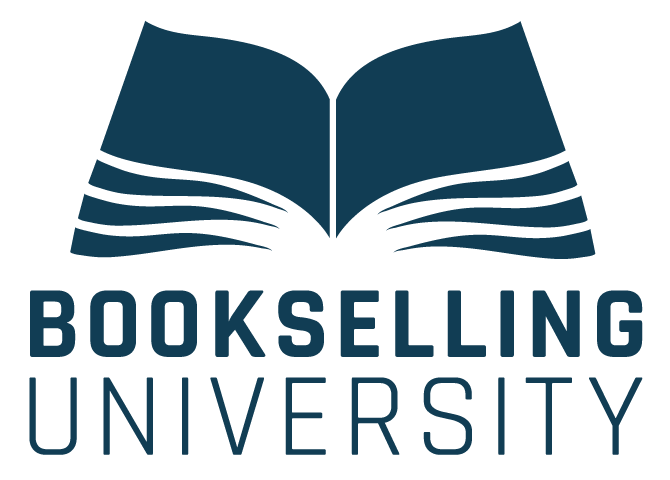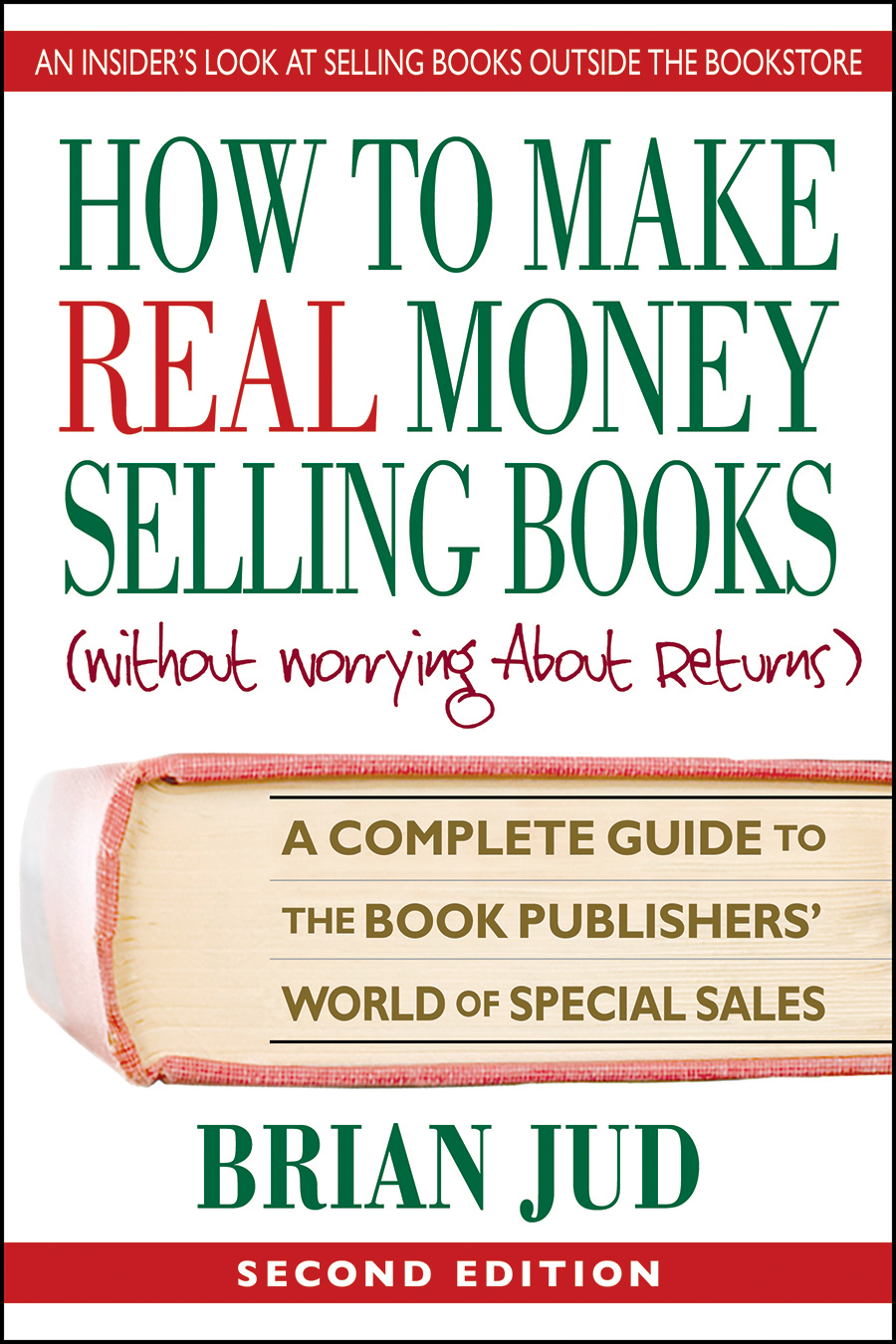|
What have you done for me lately? By Brian Jud The mantra of the publishing business is, "What have you done for me lately?" Your customers expect more from you than they did yesterday, and you must work diligently to meet their expectations and stay ahead of your competition. The difficulty lies in sustaining a state of equilibrium between creating a viable frontlist and marketing your complete line. Equilibrium occurs through productivity, when you become effective (doing the right things) rather than efficient (doing things right). You can become very busy doing the wrong things right, but remember that action is not the same as accomplishment. Like the revving engine of a car stuck in traffic, you can be busy working without moving ahead. Productivity is balanced, strategic and excellent growth—in other words, action and accomplishment. Balanced activity means being attentive to the progress of each title as it moves through its life cycle from Introduction to Abandonment (Exhibit 1). Each title in your product line may be in a different life-cycle stage, requiring simultaneous, dissimilar attention. You would submit a new frontlist title for reviews and then implement a heavy media blitz to create a strong foundation for its growth. A different title in its Growth stage could require new distribution channels to extend this profitable period. As another title matures, and is backlisted, finding new markets can breathe life (and profits) into flat sales.  Building and maintaining a balanced product line also requires that you create and market a series of products--new titles by your proven authors, new titles by different authors, new titles on different subjects, sequels, second editions or even new media (audio/video)--that your customers want. This strategy produces a fresh series of titles and topics to satiate your customers’ increasing expectations. The challenge is to capitalize on your experience and extend the growth stage and profitability of each title. A title will become profitable faster, and its overall revenue greater than your previous releases. Exhibit 2 illustrates the results of these efforts--a series of titles, each moving through its life cycle progression and contributing to your long-term revenue.  In addition, productive actions are strategic—planned activities leading to the attainment of a specific goal. Independent publishers do not prevail in their quest for success simply by publishing more books. Victory is attributed to publishing more of the right books, those sought by a book-buying public. In many cases, publishers perform marketing backwards. That is, they accept a manuscript, produce the book and then seek a market for it. Successful publishing requires products that are market driven, not publisher driven. Perform research among different segments to find out what your prospective customers want. Then give them what they want. Finally, productive actions are excellent. They are dominated by your understanding of the market, the opportunity and your limitations, seasoned by the knowledge that the publishing process unfolds at its own rate, regardless of your efforts to coerce it. Some publishers do not understand the nuances of balancing a product line and they introduce titles too quickly. They accelerate the publishing process in order to meet artificial deadlines and realize inadequate results—in topic, production and/or marketing.
|
Check out these testimonials...





